Landscape artists have long had a tradition of painting en plein air (in the open air), a practice that fosters a direct relationship with one's environment. Joburg-based artist Alastair Findlay's own practice is rooted in open air drawing and painting. But instead of a bushveld vista or a mountain range, signature Joburg scenes – from its suburbs, parks, and heritage buildings to highways and byways, and local wildlife – are what he's most interested in forming impressions of. In addition to creating works on paper, Findlay carries his ideas into three-dimensional realms too. There's a cardboard feline that stalks the city's streets and a lit-up sacred ibis that debuted at the Brixton Lights Festival.
Finday's relationship with Joburg comes through wonderfully in his art. "By working in the streets, he immerses himself in the environment, capturing the genius loci or spirit of the place," his bio reads. In his work, you may spot avenues you've treaded often or your regular route to work, and this strong sense of recognition creates an immediate connection. The northern suburbs and Fordsburg have in turn been the focal points of Findlay's imagination, while his latest series looks at botanical landscapes in the built environment.
We caught up with the characterful artist about finding mystery in the commonplace, why Joburg's booms and spikes must go, and life-changing lasagne.
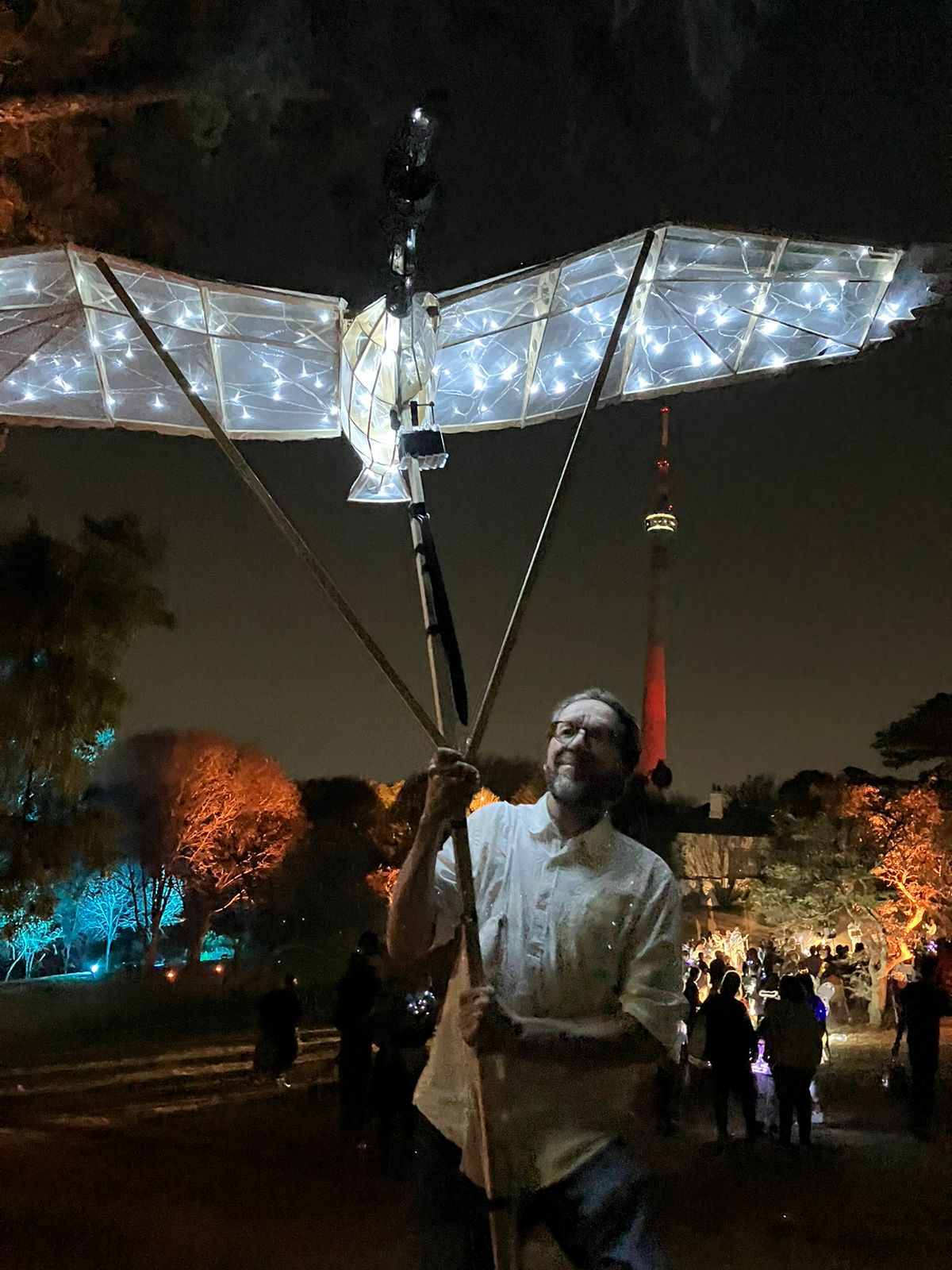
"Joburg is like a gigantic bubble bath and each time a bubble bursts, other bubbles pop up in its place."
What makes Joburg the place you choose to call home?
Living in an urban forest. Clear blue winter skies. Balmy windless summer evenings. The sound of croaking pied crows. The bubbling song of Burchell's coucal. The sound of thunder bringing rain. And the people.
Much of your work highlights the poetry of the everyday, causing us to look at our city with newfound appreciation. How does illustrating these scenes influence your own relationship with your surroundings?
I am a very poor observer, so only by sitting in one spot for three hours do I start seeing what's really there. The act of drawing is a kind of meditation for me and, in so doing, the "commonplace" reveals itself as beautiful, extraordinary, and mysterious. The process has a way of weaving me into the fabric of the place. I hope that this experience somehow filters through into the work.
What makes Joburg such an enduring source of inspiration for you?
It surprises me over and over again in that there's always something new or unknown to be discovered. The scope and variety of all the cultural endeavours is inspiring and exhilarating. Joburg is like a gigantic bubble bath and each time a bubble bursts, other bubbles pop up in its place.

"Even the most degraded and neglected parts of the city are charged with its fascinating history."
You used to have your studio at Lilian Road Studios in Fordsburg. What made this a particularly special space to situate oneself as an artist?
Having a studio in Fordsburg gave me an opportunity to experience a fascinating part of Johannesburg. It was like waking up in another country or a multitude of countries. Foreign tongues, immigrants from northern Africa, the Middle East, India, and Pakistan, the Islamic culture and culinary treats – a land of lassis, falafels, and halva. Initially, I was apprehensive about working in the streets, but was soon overwhelmed by the interest, kindness, and generosity of all the passersby I encountered. I no longer have a studio in Fordsburg, but enjoy returning there for my monthly haircut and [to savour] the exotic atmosphere.
How does Fordsburg compare or contrast to the neighbourhood you live in?
Chalk and cheese.
What have been some of the unexpected rewards of drawing and painting parts of the city that are often overlooked?
Discovering the unique beauty and startling contrasts evident everywhere. Even the most degraded and neglected parts of the city are charged with its fascinating history.

"I love the way the indigenous landscape pushes through the built environment, reminding us of what this place looked like before the discovery of gold."
While your work on the page tends to be descriptive, your sculptures seem to take you to more whimsical and symbolic realms. What do you enjoy about this medium?
In contrast to doing observational work, I like exploring ideas in the making of three-dimensional pieces. There is a pleasure in modelling or constructing something which is very different to doing two-dimensional observational work. Art is always an amalgam of the perceptual and conceptual, and the pendulum swings between the two. I have enjoyed making pieces that function as roving public sculptures or have a performative component.
If you could only paint one Johannesburg scene for the rest of your life, what would it be?
I love the way the indigenous landscape pushes through the built environment, reminding us of what this place looked like before the discovery of gold. So I think I would focus on the Melville Koppies. It would be my very own Mont Sainte-Victoire [a series of oil paintings by French artist Paul Cézanne].
When you think of Johannesburg as a city for art and artists in particular, what comes to mind?
I think of how many inner-city buildings are working as communal studios, and how the city's artists support and inspire one another.
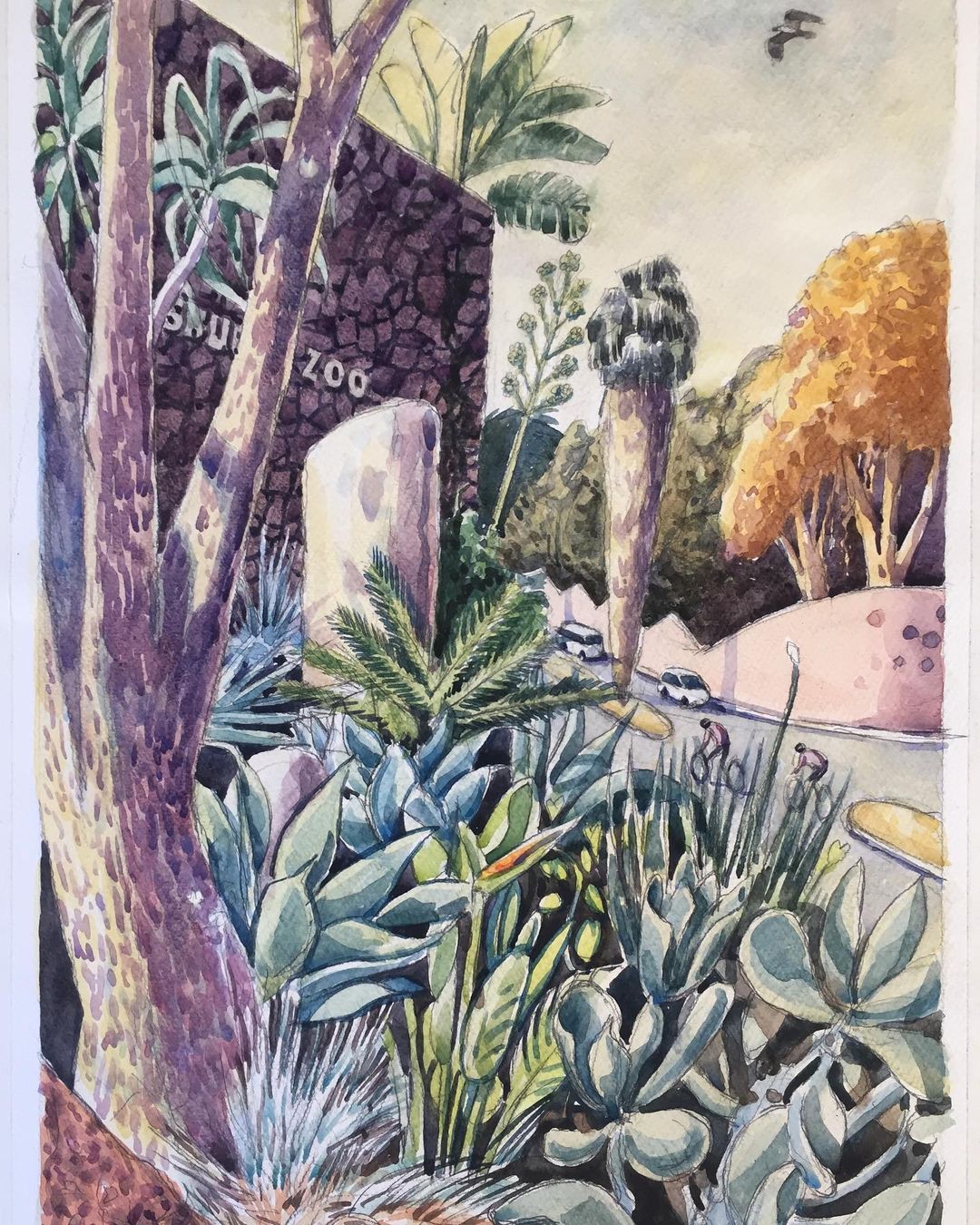
Pigeons and palm trees are two of the recurring motifs that feature in your work. What else would you include in a Joburg coat of arms?
The sacred ibis, a pair of pied crows, a tree, a recycling trolley-cart man, the ubiquitous minibus taxi, a lightning bolt.
What is a surprising thing people might learn about Joburg by having a conversation with you?
That there's a kind of camaraderie between all its people and a sense of everyone participating in the process of the city's continued development.
Most iconic Joburg artist or artwork?
The goat world of Colbert Mashile.
What is your favourite Joburg author or favourite Joburg book?
Joburg Style by Clive Chipkin is an excellent survey of the city's layered architectural heritage, featuring the range of styles jostling for position during the course of its rapid development. Mark Latilla's Joburg Then and Now is also a great snapshot survey of the city's rapid development and transformation.
Your favourite Joburg suburb, and why do you choose it?
Parkview. A gentle village cocooned under trees with quick access to the best eateries and cultural nodes of the city.
What three things should a visitor not leave Joburg without seeing or experiencing?
A show at the Market Theatre. Jazz at chiesa di PAZZO LUPi. A walk in Emmarentia.
What is one song on your Joburg soundtrack that is either about Joburg or makes you think about this city?
TKZee's We love this place.
The most memorable meal you have eaten in Joburg?
A lunchtime lasagne at Super Sconto.
If you are the mayor of Joburg for one day (average tenure), what would you change?
I would reopen the City Library. I would offer hot showers and cold beers to the recycling trolley-cart men. I would check the on/off switch of the city's streetlights. I think it's been installed upside down because currently, the lights are on during the day and off at night. I would also outlaw the use of leaf blowers.
"The city is no longer a mining town, but Joburgers have the ability to seemingly spin gold from burned veld."
If you could buy one Joburg building, which would it be?
I would buy the Gas Works and turn it into a Madame Tussauds-style wax works museum featuring famous and notorious South Africans.

What's your favourite place to see art in the city, and why?
Stokvel Gallery at 27 Boxes in Melville. There's a new show every week and it's the perfect platform for artists who aren't featured in the larger mainstream galleries.
What makes someone a Joburger?
A creator of opportunities. The city is no longer a mining town, but Joburgers have the ability to seemingly spin gold from burned veld.
What do you love most about Joburg?
Living in an urban forest.
What do you least like about Joburg?
Booms and spikes.
Your number one tip for a first-time visitor to Joburg?
The rules of the road are a little different from elsewhere in the world. Green traffic lights mean go, amber traffic lights mean go, and red traffic lights mean go... if they are working.
Who is one Joburg personality you would honour with the Freedom of the City if you could, and why?
Richard Cock, for his monumental service to fostering music performances and appreciation in South Africa.
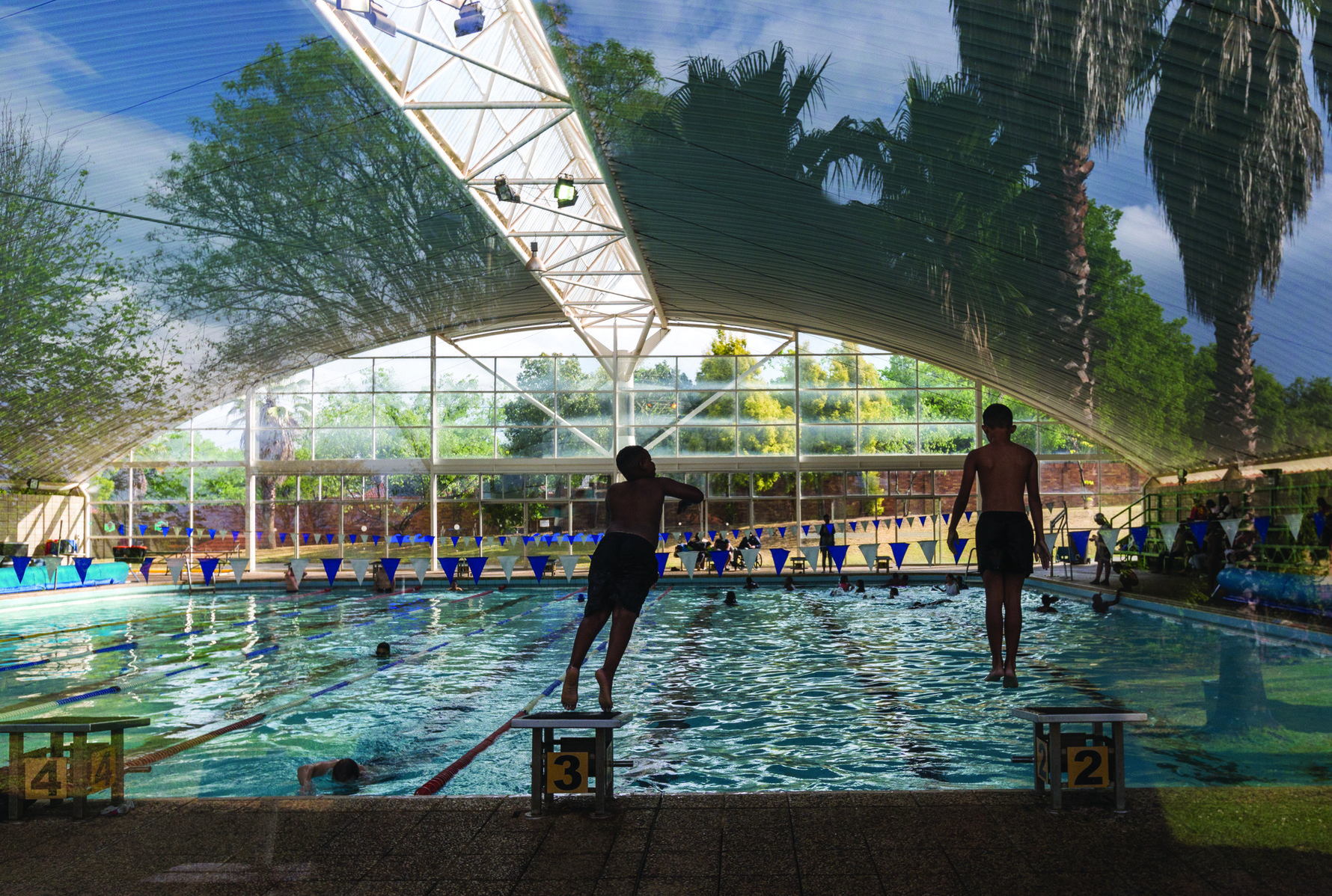
The perfect weekend in Joburg includes...
Friday late afternoon: Watch squadrons of sacred Ibis breaking formation and plummeting down to their roosting island on Zoo Lake. Then go for a sundowner at the Blind Tiger in Parkview, followed by an evening of jazz at Chiesa di Pazzo Lupi in Melville.
On Saturday morning: Take in a couple of art galleries and bookshops (Bookdealers in Melville, Rick's Bookshop in Parkhurst). Saturday lunch: Have a takeaway hake and chips from Fish Hook in Darrenwood. Take a swim in the Linden Pool. Saturday evening: Take in a show at the Market Theatre. Supper at Café Picobella Trattoria in Melville.
Sunday morning: Pack a breakfast picnic and take a walk in Emmarentia or a hike in the Melville Koppies reserve. Lunch at the Thunder Gun (if your vegan friends aren't looking). Sunday afternoon: Concert at the Linder Auditorium. Supper at Soul Souvlaki in Rosebank.
Three words that describe this city.
Super callifragilisticexpially shosholosa.
Check out some of our previous #MyJoburg interviews for more insights into the city:
#MyJoburg with 'Stacey' AKA Curious Sleuth, craftivist
#MyJoburg with Flo Bird, heritage hero
#MyJoburg with Hannelie Coetzee, artist and placemaker


_m.jpg)
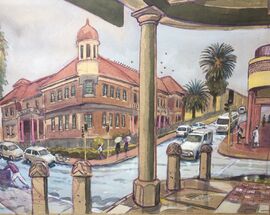
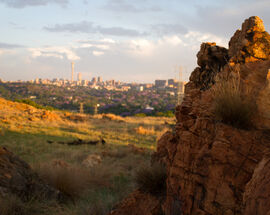


Comments